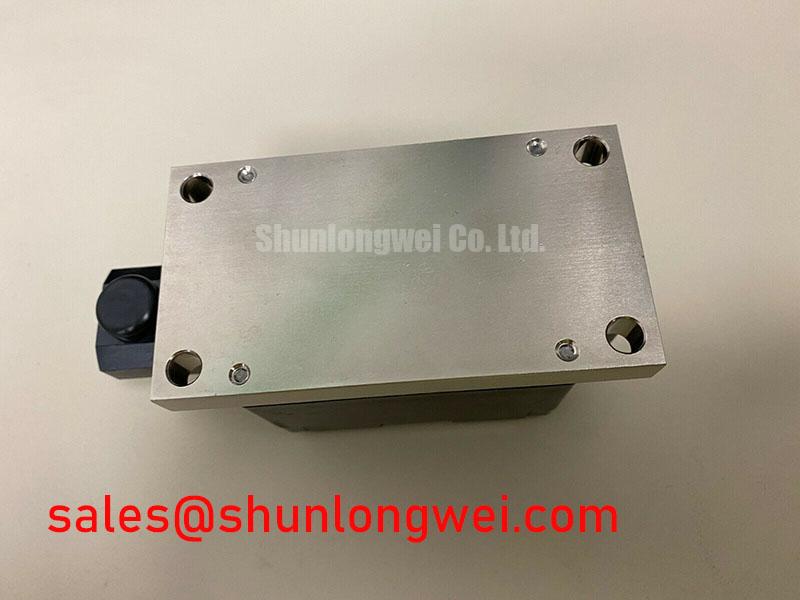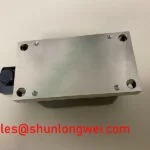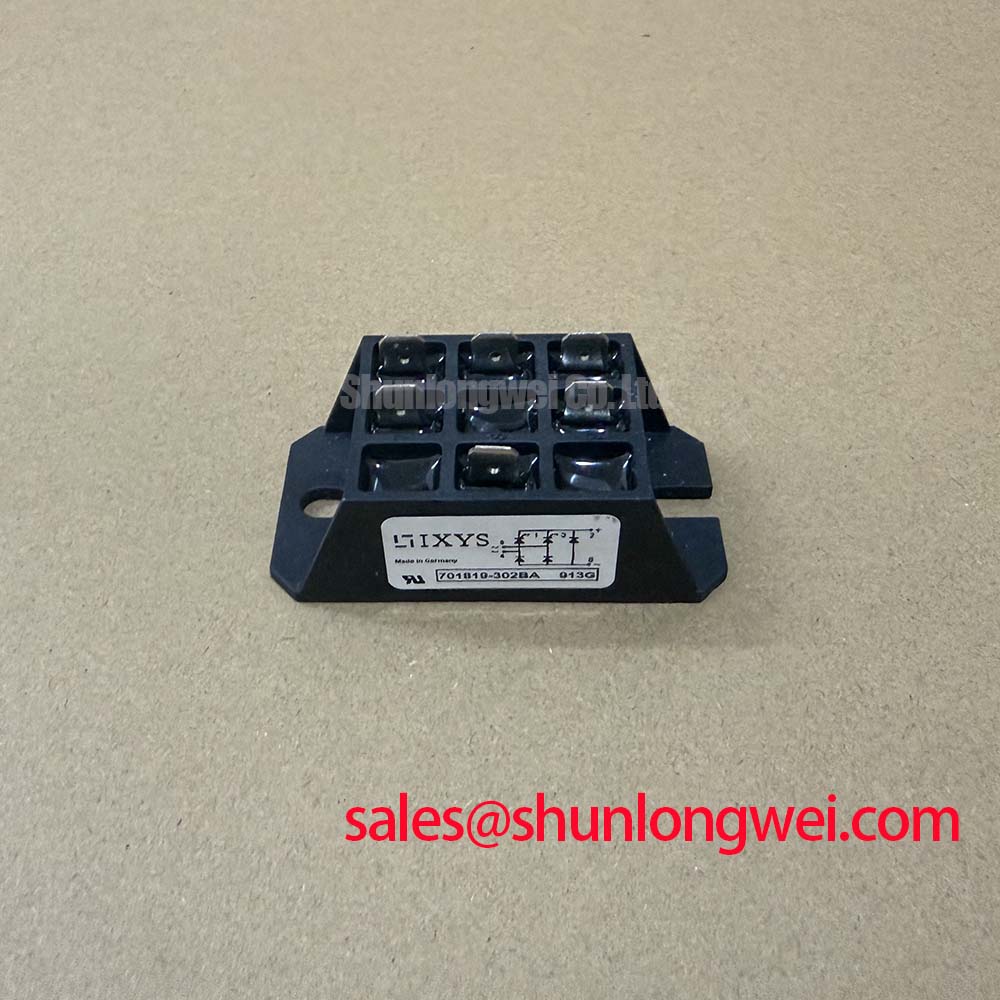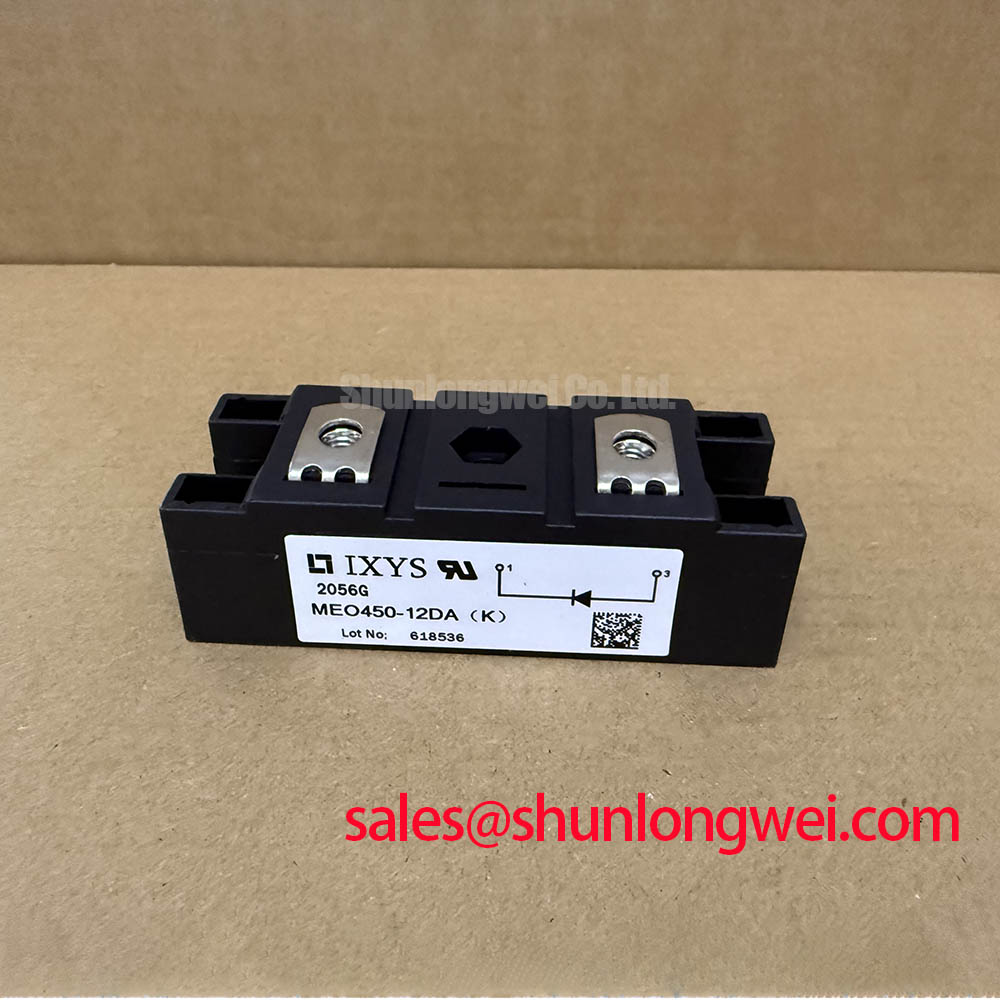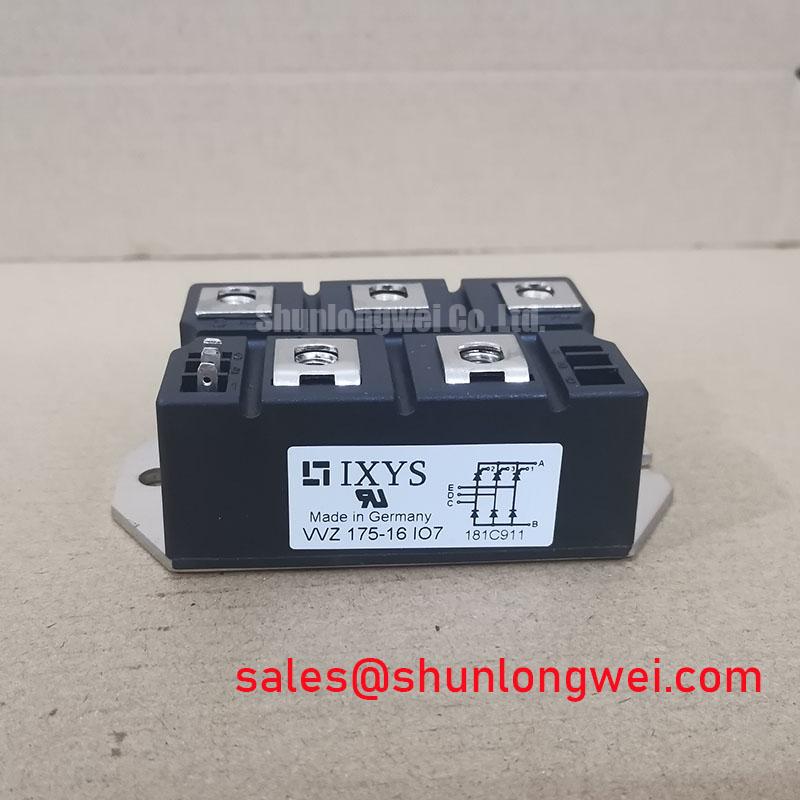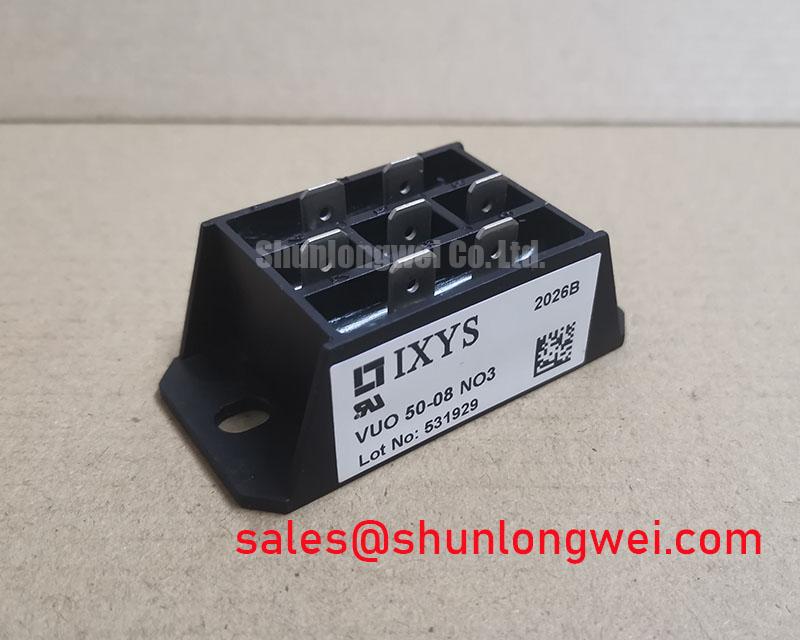Littelfuse MCC312-16io1 | Robust 1600V Dual Thyristor Module for High-Power Control
The Littelfuse MCC312-16io1 is an industry-proven dual thyristor (SCR) module engineered for high-reliability AC and DC power control. Designed for demanding industrial environments, this module offers a formidable combination of high voltage and current handling, exceptional thermal performance, and long-term stability, making it a cornerstone component for designers of robust power conversion and control systems.
Core Strengths of the MCC312-16io1
- High Power Density: With a blocking voltage of 1600V and an average on-state current (ITAVM) of 346A, this module is built to manage significant power loads in a compact, standard industrial package.
- Superior Thermal Management: Featuring a Direct Copper Bonded (DCB) ceramic base plate, the module ensures excellent heat transfer away from the silicon die, leading to lower operating temperatures and enhanced operational lifetime.
- Engineered for Reliability: The use of planar passivated chips guarantees stable blocking characteristics and low leakage currents over the device's entire lifespan, a critical factor in applications requiring consistent performance.
- Simplified System Integration: The electrically isolated base plate simplifies mounting procedures, reduces assembly complexity, and enhances the overall safety of the end-product by isolating the power circuit from the heatsink.
Application Scenarios & Engineering Value
The Littelfuse MCC312-16io1 excels in applications where precise and reliable control of line-frequency AC power is paramount. Its design directly addresses common engineering challenges in several key areas.
- Industrial Motor Soft Starters: In high-inertia motor applications, the MCC312-16io1 enables smooth, controlled ramp-up of voltage, drastically reducing mechanical shock on gearboxes and electrical stress on the grid. Its high surge current capability (ITSM) safely handles the initial inrush current, preventing premature system failure.
- Industrial Heating & Furnace Control: For temperature regulation in industrial ovens and furnaces, this module facilitates precise phase-angle control of AC power delivered to heating elements. This results in stable temperature profiles, improved energy efficiency, and consistent product quality, a significant advantage over crude on-off control methods.
- High-Current Power Rectifiers: When configured as a controlled rectifier bridge, the MCC312-16io1 is ideal for battery chargers, welding power supplies, and DC power systems. Its low on-state voltage drop at high currents minimizes conduction losses, a key factor in maximizing the efficiency of the power conversion stage. Understanding the thermal path is crucial for these designs to ensure superior thermal performance.
Key Parameters Overview
Engineers require precise data for accurate system design and simulation. The table below summarizes the critical electrical and thermal parameters of the MCC312-16io1. For a comprehensive list of specifications and performance graphs, you can Download the full MCC312-16io1 Datasheet.
| Parameter | Value |
|---|---|
| Repetitive Peak Off-State Voltage (VDRM/VRRM) | 1600 V |
| Average On-State Current (ITAVM, TC=85°C) | 346 A |
| RMS On-State Current (ITRMS) | 540 A |
| Surge-On-State Current (ITSM, 10ms, 50Hz) | 6500 A |
| Gate Trigger Current (IGT) | max. 200 mA |
| Thermal Resistance, Junction to Case (RthJC) | 0.09 K/W per Thyristor |
| Operating Junction Temperature (Tvj) | -40°C to 130°C |
Technical Deep Dive: The Engineering Behind the Performance
The exceptional reliability of the Littelfuse MCC312-16io1 is not accidental; it stems from fundamental design choices. The core of its performance lies in the Direct Copper Bonded (DCB) substrate, which provides a low Thermal Resistance path from the silicon chip to the heatsink. This efficient heat dissipation is critical for preventing thermal runaway and allows the device to operate closer to its theoretical maximum ratings safely. Furthermore, the use of planar passivated chips creates a highly stable and robust junction termination, minimizing surface leakage currents and ensuring the device maintains its 1600V blocking capability even under harsh temperature and voltage conditions. This focus on fundamentals is key to preventing overvoltage and overtemperature failures in high-power systems.
Frequently Asked Questions (FAQ)
Q1: What are the key considerations for the gate drive circuit for the MCC312-16io1?
A: While robust, thyristors require a well-designed gate drive. The gate pulse must have sufficient amplitude and duration to ensure complete and uniform turn-on of the entire silicon area, especially when driving inductive loads. A "hard" gate pulse with a fast rise time is recommended. For phase control, maintaining the gate signal for the entire desired conduction period or using a high-frequency pulse train is a common practice to prevent the device from turning off if the load current momentarily drops below its holding current.
Q2: Is a snubber circuit necessary for this module?
A: It depends on the application's specific dv/dt and di/dt characteristics. In noisy electrical environments or with highly inductive loads, a dv/dt snubber circuit (typically a series resistor and capacitor across the device) is highly recommended to prevent spurious, unintended turn-on. This ensures the thyristor only conducts when triggered by the gate, providing predictable and reliable operation in AC phase-control topologies like Variable Frequency Drive (VFD) input stages or soft starters.


